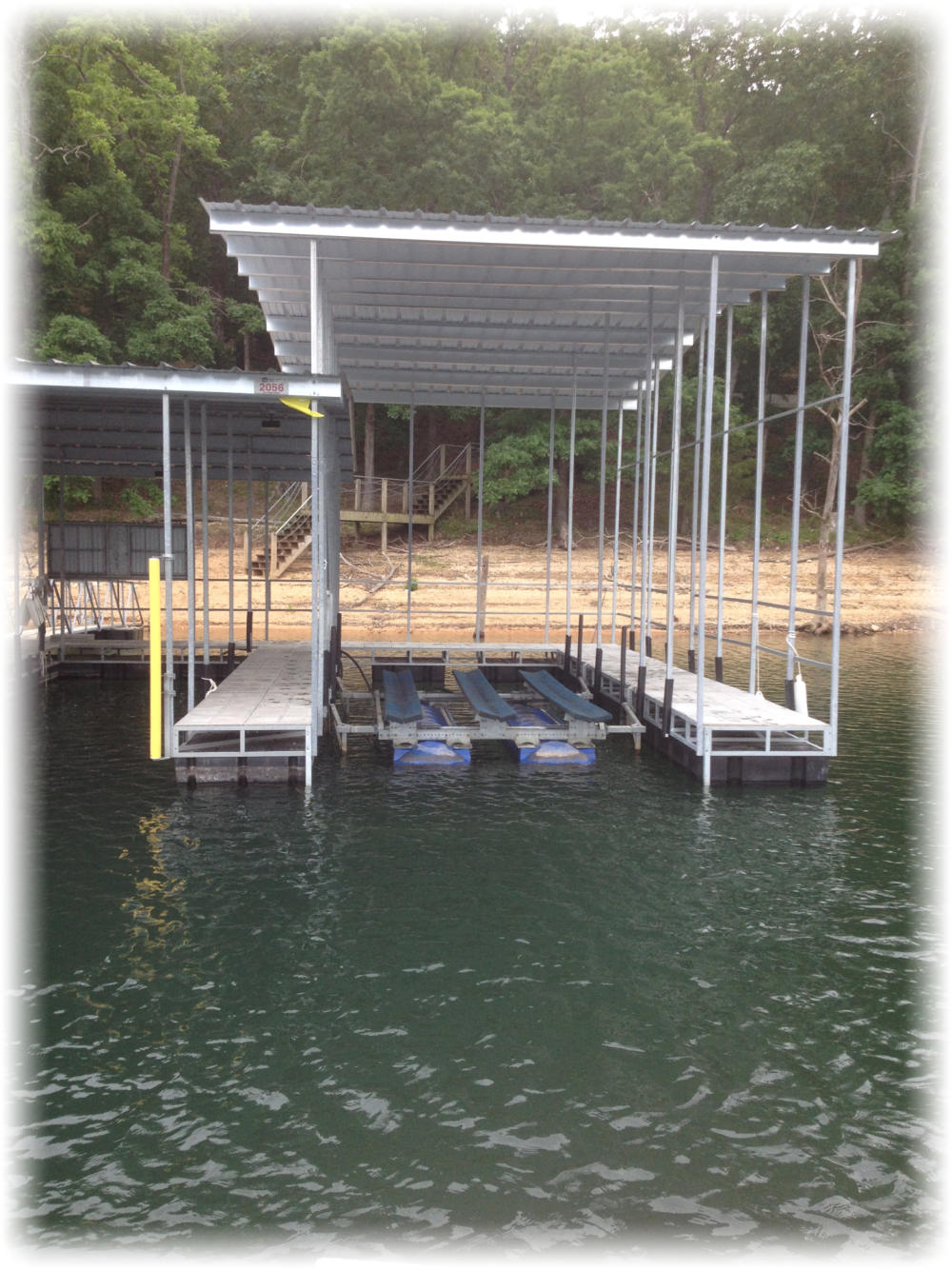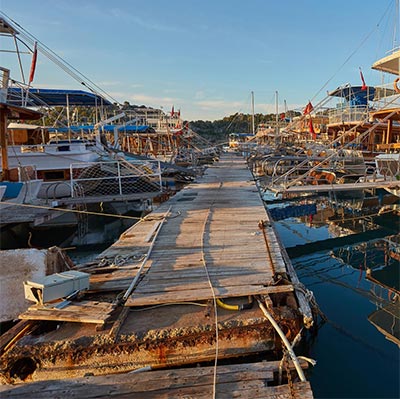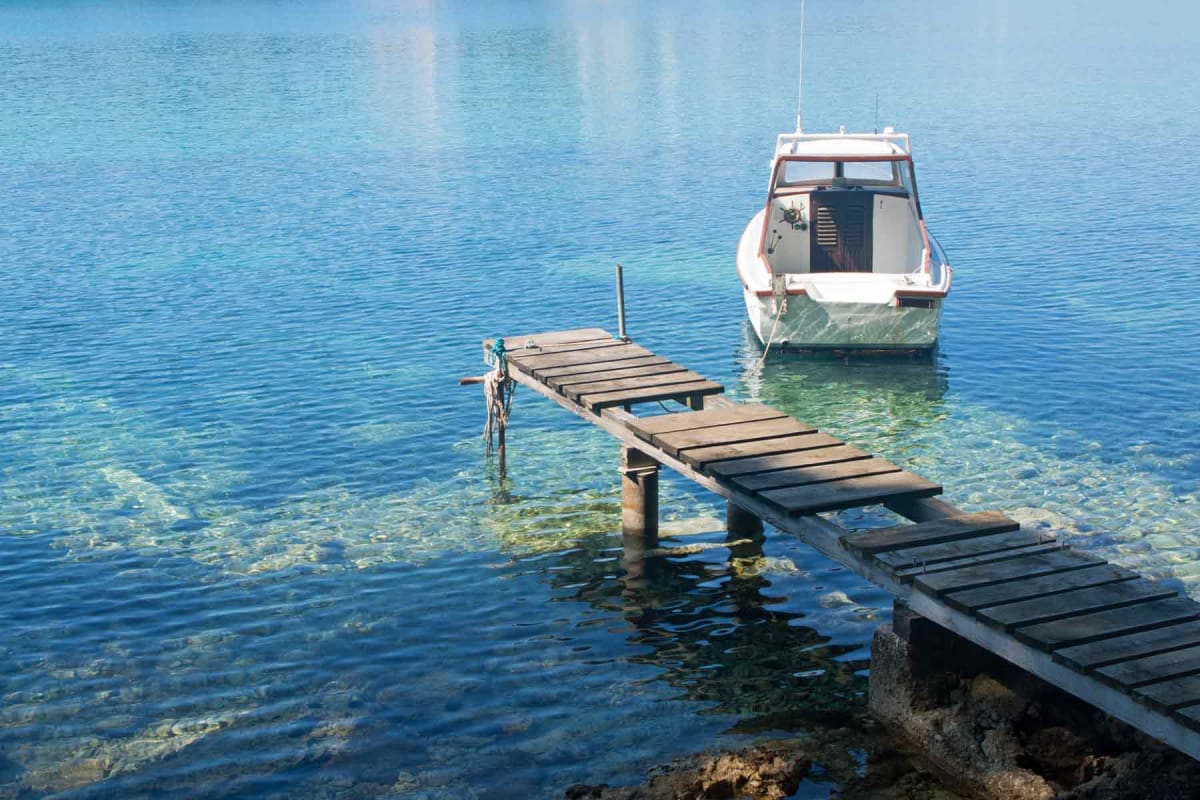Seasonal Preparations: When to Schedule Your Dock Repairs
Seasonal Preparations: When to Schedule Your Dock Repairs
Blog Article
Efficient Dock Fixing Techniques: Making Certain Structural Integrity
Guaranteeing the architectural honesty of anchors through efficient repair work techniques is extremely important for the long life and security of aquatic facilities. This involves a multi-faceted method starting with extensive inspections using advanced modern technologies like sonar tools and remotely ran lorries (ROVs) to spot both visible and hid problems. Subsequently, selecting the ideal fixing materials, such as composite materials and corrosion-resistant alloys, is crucial for durability. Structural support methods, consisting of the execution of cross-bracing systems and load-distribution plates, play an important duty in mitigating tension points. Nonetheless, the significance of these techniques becomes obvious when exploring advanced repair work techniques and preventative upkeep approaches.
Analyzing Dock Damage
Evaluating dock damage is an essential very first step in guaranteeing the structural stability and safety and security of any kind of docking center. Key aspects to check out consist of the dock's structure, pilings, outdoor decking, and hardware (Dock Repairs).
Architectural designers or qualified examiners commonly execute these assessments utilizing specialized strategies and tools. Underwater assessments might utilize sonar devices or remotely operated cars (ROVs) to spot immersed damages. Over water, visual assessments are complemented by utilizing moisture meters and various other analysis tools to reveal underlying concerns not promptly visible to the naked eye.

Finding Fixing Materials
Picking the suitable repair work products is a critical action in the dock restoration process, one that straight influences the durability and efficiency of the repaired framework. Material choice should be driven by factors such as ecological problems, load-bearing requirements, and compatibility with existing dock components. Timber is a standard option for docks due to its natural strength and visual charm. Choosing the best type of timber, such as pressure-treated lumber or naturally rot-resistant types like cedar or teak wood, is essential to withstand aquatic atmospheres.
Along with timber, composite materials are significantly prominent because of their sturdiness and reduced upkeep needs. Composites, normally made from a mix of plastic and wood fibers, use outstanding resistance to rot, bugs, and UV damage. For metal anchors, picking corrosion-resistant alloys such as galvanized steel or marine-grade aluminum is important to avoid corrosion and guarantee architectural integrity in saline water conditions.
Epoxy materials and marine-grade sealants are important for repairing fractures and securing joints, giving a water-proof obstacle and enhancing the dock's total strength. By thoroughly choosing high-grade products, dock repair work can accomplish resilient outcomes, thereby guarding against future deterioration and making sure secure, reputable usage.
Architectural Support Techniques
Effective architectural reinforcement methods are important in guaranteeing the stability and long life of dock fixings. This technique is specifically efficient for docks exposed to heavy tons or severe environmental problems.
An additional vital strategy is the application of fiber-reinforced polymers (FRP) These materials supply high strength-to-weight proportions and excellent resistance to corrosion, making them ideal for reinforcing concrete or wood docks. FRP can be used in strips or sheets and adhered with epoxy resins to improve architectural integrity.
Bracing and anchoring systems also play a critical role in architectural reinforcement. Cross-bracing, making use of metal or wood beam of lights, can neutralize side forces, lowering swaying and motion. Anchoring systems, such as helical piers or driven piles, provide a secure structure by moving tons to deeper, more steady dirt layers.
Last but not least, the integration of load-distribution plates can aid disperse weight a lot more equally across the dock's surface area, minimizing localized stress factors. These techniques collectively ensure that anchors stay durable and risk-free, efficient in withstanding the roughness of their operational setting.
Advanced Fixing Approaches

Another innovative strategy entails undersea welding, which permits for fixings to be carried out without the demand to dewater the area. This method is especially advantageous for resolving structural problems in submerged dock parts, making sure minimal disturbance to procedures. Enhanced welding strategies, combined with robotic systems, deliver accuracy and reliability, consequently extending the life-span of the dock.
Furthermore, cathodic security systems are executed to stop corrosion in metal dock structures. By using sacrificial anodes or satisfied present systems, these methods properly reduce the electrochemical procedures that cause material wear and tear.
Lastly, progressed tracking modern technologies, such as architectural health tracking (SHM) systems, give real-time data on the condition of dock frameworks. These systems enable proactive upkeep and prompt interventions, ultimately making sure the long-lasting structural integrity of the dock.
Maintenance and Prevention
Maintenance and prevention are essential principles that underpin the durability and security of dock structures. Routine evaluations are critical, enabling very early detection of deterioration, possible weaknesses, and ecological influences. An aggressive learn this here now approach, entailing routine checks for corrosion, rot, and architectural shifts, mitigates costly repair work and prolongs the dock's operational life.
Precautionary procedures should consist of applying protective layers to steel components to defend against corrosion and making use of treated wood to resist decay. In addition, making certain appropriate water drainage and air flow can protect against water build-up, which is a common reason of architectural degradation. Integrating top quality materials and adhering to supplier guidelines during building and fixing phases additionally play critical functions in improving sturdiness.

Educating employees in dock upkeep best techniques ensures constant application of preventative procedures. Leveraging technological advancements, such as drones for examinations and sensing units for real-time tracking, can better improve upkeep efforts. By focusing on maintenance and avoidance, dock owners can make sure structural integrity, functional safety and security, and economical management over the dock's life expectancy.
Conclusion
To conclude, maintaining the architectural honesty of marine facilities necessitates thorough dock repair strategies. Thorough evaluations making use of sophisticated tools reveal both noticeable and hid problems, while the option of proper repair work materials boosts toughness. Carrying out architectural reinforcement approaches addresses tension factors efficiently. Advanced fixing techniques, combined with normal maintenance techniques, guarantee the dock remains operational and secure under diverse ecological conditions. Taking on these techniques significantly extends the life-span and functionality of marine facilities.
Making certain the architectural honesty of anchors with efficient fixing strategies is critical for the longevity and click here for more info safety of aquatic facilities.Picking the ideal repair products is an essential step in the dock restoration procedure, one that directly influences the long life and efficiency of the repaired structure.Reliable architectural reinforcement strategies are critical in guaranteeing the stability and long life of dock repair work. By prioritizing upkeep and prevention, dock owners can make sure architectural integrity, operational safety, and affordable administration over the dock's lifespan.
In final thought, preserving the architectural stability of aquatic facilities requires comprehensive dock repair service techniques.
Report this page